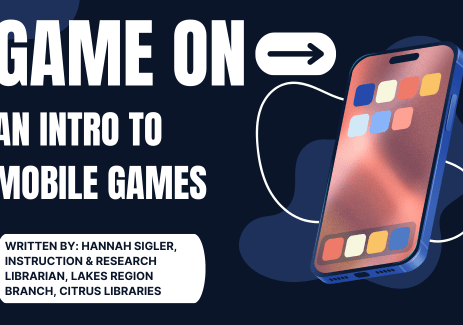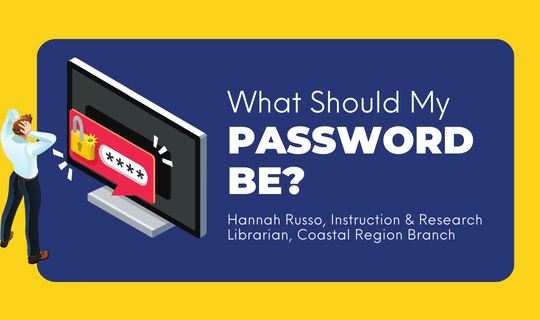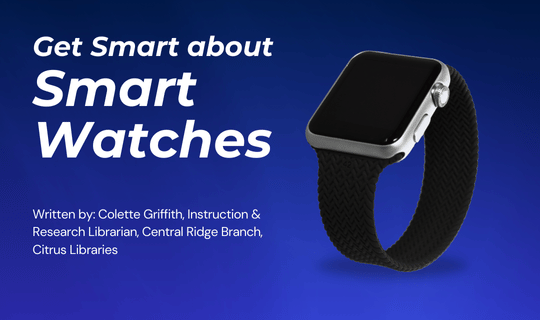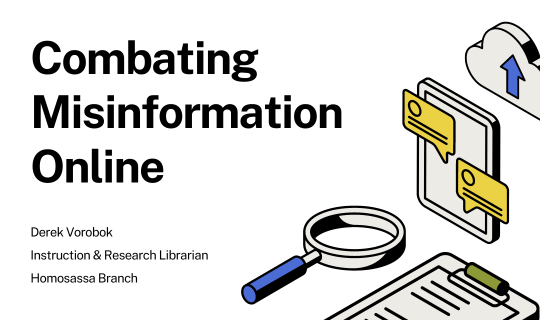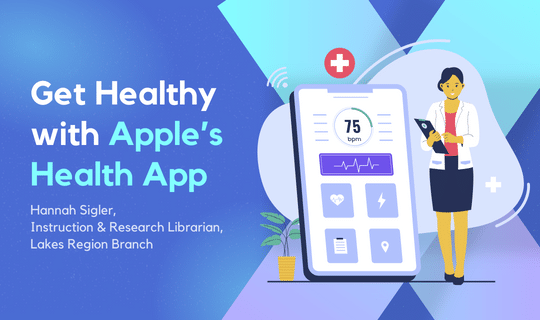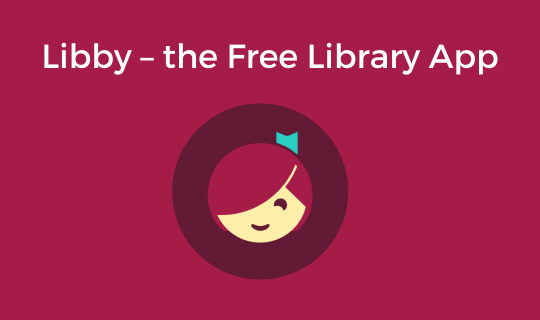Game On: An Intro to Mobile Games
Most of us could agree that smartphones are more of a necessity than a luxury these days, but all work and no play would make anyone a dull boy! Among the seemingly infinite number of life-improving, useful apps is a vast selection of mobile games—games designed to be played on a mobile device like a cellphone or a tablet. Most of us have likely dabbled in at least one, whether we liked it or not. Maybe your neighbor recently reached level 200 in Candy Crush (out of nearly 16,000!) or maybe your brother keeps trying to get you to play a round of Words With Friends, but either way it’s crystal clear: mobile games are a huge source of both engagement for users and revenue for game developers.
But what constitutes a ‘good’ game, and how can that differ from what’s considered to be a successful one?
Person-to-person, ‘best’ is as relative as any other opinion-based question. The best game varies depending on the personal tastes of the user, but ‘best’ in terms of game success are more quantifiable; some of these measurable factors include the number of downloads and installs, user engagement (how many users are playing, how often and for how long?), and revenue generated from in-app purchases. To a game company, a successful, popular game is one with significant numbers of downloads, loads of user hours clocked, and large amounts of money made.
If you’ve never played a mobile game before, the choices can feel—and are! —borderline endless. The best place to start is going to be the app store for whatever type of phone you have. This is the App Store for iPhone users or the Google Play Store for Android. When you first open up your respective app store, there will be a clickable button towards the bottom of the screen that’s labeled “Games”. This will take you to a dedicated section of the store where all of the apps will be games to play. In the Google Play Store, there is a tab that will direct you to the top chart, which consists of a list of the top 200 played and downloaded games. This list changes often. In the App Store, there’s a list of top games once you tap on the games tab, with some common game types listed towards the top of the screen. This can be a helpful place to get an idea of what kinds of games users are currently enjoying and the kind of games currently available for play.
Some of the most popular mobile games range from trivia games to puzzles, to action, racing, or adventure games, board games or card games. Maybe you’d like to play chess? There’s an app for that. Maybe you’d rather play Minecraft instead? There’s an app for that. Maybe you just want to do a jigsaw puzzle on your iPad—there’s an app for that!
When browsing the App Store or Google Play Store for games (or any app, for that matter), you want to make sure that you select one that has a high number of ratings and reviews, as well as a high score for the ratings given. Low ratings and reading reviews can tell you if a game is laggy or buggy or full of ads, among other things you might like to know before downloading something new onto your device.
One large consideration to make and question to ask yourself when choosing a game to download is: am I willing to spend money on this and if so, what’s my budget? Most games available for play are free to download and install; however, there’s a high likelihood that a game offers what’s known as in-app purchases—or, opportunities to spend real money in exchange for something received in game. These in-app transactions can range from anything to a one-time purchase to remove ads from the game or to unlock certain levels in order to progress, to consumable purchases to give you extra lives, special items, or in-game money, to renewable subscriptions that will need to be repaid in order to keep accessing that content. While these in-app purchases are optional, some games are designed to make it difficult or even impossible to progress without spending real-life money on them, and most one-time transactions are temptingly cheap. However, over time those dollars add up, and it can be a shocking thing to see at the end of the month when the bank statement comes in.
Certain mobile apps do cost money up front in order to download them at all. Minecraft, Stardew Valley, and Star Wars: Knights of the Old Republic are some well-known paid apps. Paid apps tend to be more expansive and complex than your average game, as well as being available through multiple systems (i.e. the Nintendo Switch, PlayStation, or STEAM).
For further information, visit your local branch of the Citrus County Library System and ask about our free technology classes or sign up for a one-on-one appointment with one of our librarians! Library programming and services are free and available to everyone. For additional information about programming, please call your local library branch, go to the library’s website, citruslibraries.org, or follow @CitrusLibraries on Facebook and Instagram.




